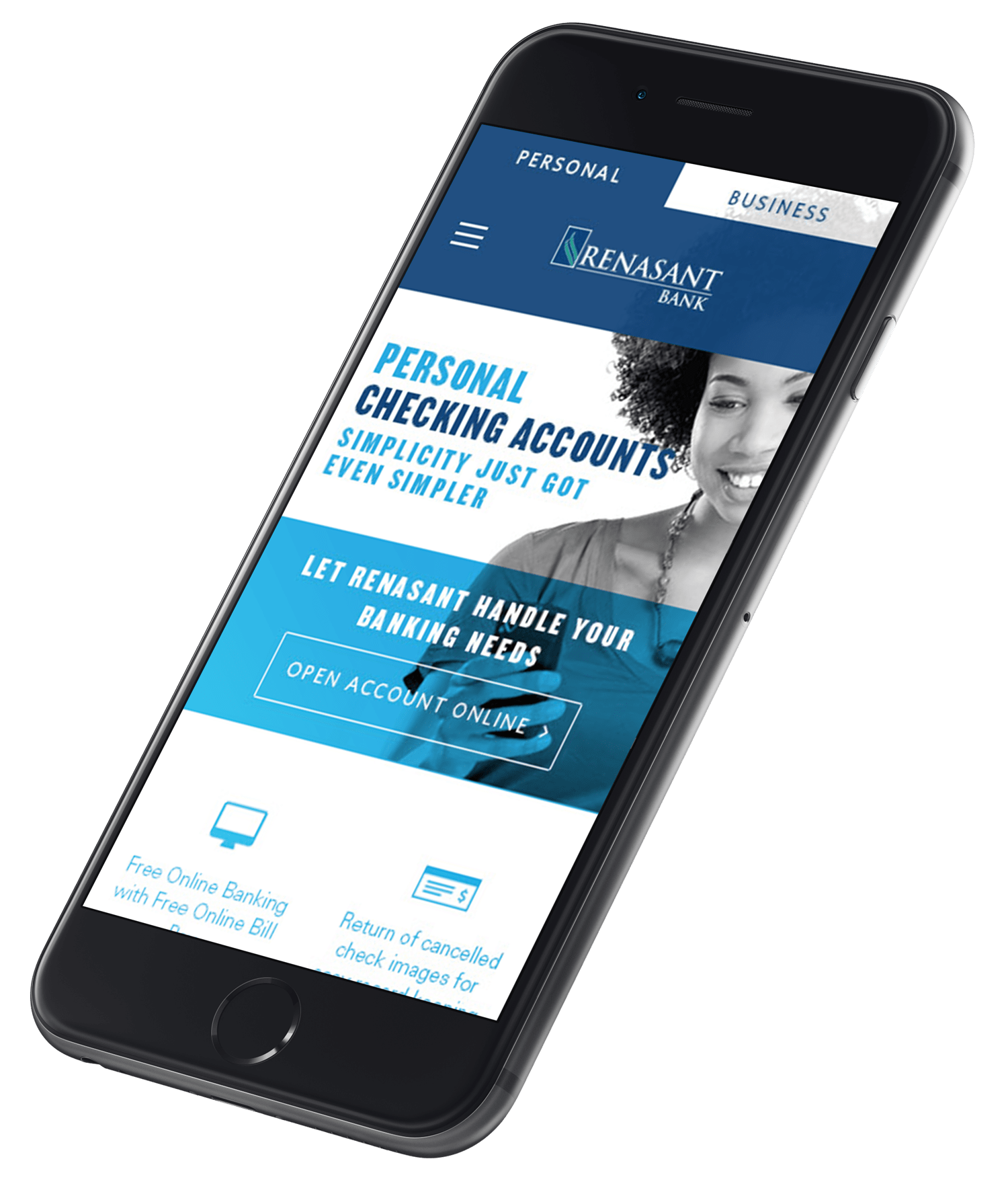I’ve seen a lot of large media companies and corporations whining about ad blockers lately. As a marketer, I’m expected to be the anti-ad blocker — the guy who creates a new scheme to overcome the technological defenses that protect our eyes from the incursion of epilepsy-inducing ads.
The truth is, I have to disable my own ad blocker to read a Wired story just like everyone else.
I use Wired as an example because they got out front of ad blocking earlier this year, publishing the number of their readers who block their ads (20 percent at the time) and explaining how they pay for content. Wired told users they would have to either pay for the content themselves (and offered a very minimal weekly fee for an ad-free experience) or stop restricting ads when viewing Wired content. Now Wired visitors can’t view content until their ad blocker is disabled, which feels like a very reasonable (free) paywall to me.
Ad blockers claim to streamline your web experience. They stop clunky ads from loading and help maintain distraction-free browsing. They restrict inappropriate or harmful ads, and they keep pesky trackers from selling your browsing habits to third parties.
At least that’s the story ad blockers are telling us.
Ad blockers aren’t evil — they’re just telling a better story than the ads they’re blocking, and it’s making advertisers sweat.
Wired ran the first banner ad 22 years ago, and now they’re embracing a model that often means getting rid of their own invention.
Many advertisers, scorned by ad blockers, are running to social platforms like Facebook and Snapchat where ads can’t be blocked. This reckless refusal to listen to the consumer will undoubtedly lead to the new platforms adopting blockers of their own. Facebook is already cracking down on how advertisers use Facebook in an effort to preserve the clear story a user’s timeline tells them.
The two types of prominent ad blockers on the market speak clearly to the issues consumers have with online advertising. The first category is the nonprofit blocker that restricts anything the user hasn’t agreed to view and is especially vigilant against trackers (the technology that show you athletic clothing ads after you visit Nike’s website).
The second type of ad blocker is a business that offers a paid service promising to block ads on pages that have heinous ads, poorly placed ads or an overall abundance of ads. Some of these businesses work with advertisers to find a happy medium — a pleasant online advertising experience.
Honestly, with an ad blocker, I still see some great paid content. Adblock Plus gives permission to advertisements that meet certain guidelines, like placement and size. I think of the company like a consumer-supported Federal Communications Commission (FCC) — listening to the outrage of the consumer and developing a solution everyone can agree on.
And what is the reaction to these rare ads that make it through an ad blocking software?
Users don’t react with anger but are instead happy to see a respectful ad.
In fact, the ad blocking users, who are said to be tech savvy, young and attractive to advertisers, are very attentive and responsive when the ads display at a low volume and with some amount of relevance to their lives.
Before we go much further, there’s a question we should ask ourselves: “Why do we accept it as ‘natural’ that someone would want to skip an ad?”
The reasoning partially lies in the fact that we now know we’re being advertised to and that affects our desire for free will. We view ads as an interruption when we used to view them as informative. Gone are the days where we’re excited to learn about a new product.
At the root of this change is the degeneration of ads. We listened to “the message is the medium” too much.
“If I’m on TV, I’m good!”
There were advertisers who didn’t consider the fact they were running poor quality, locally produced ads as a detriment. They were on TV!
“If I’m on TV, I’m good!” became “If I’m on the Internet, I’m good!”
Then it was all about getting attention. Animated ads flashed “lower your interest rate” and “lose weight now!” If you could shoot the alien, you’d get a free sample!
Medium and technique surpassed strategy, and storytelling, and consumers rejected the bad ads — just as they have on TV and every medium before.
Old Spice got ahead of the game in 2010 by making commercials so funny that consumers went straight to their website with the express purpose of watching advertising.
Geico recently produced a series of hilarious pre-roll commercials that tell consumers they scripted an ad so short they had to keep the camera running in order to fill the minimum ad buy. They made their attempts at advertising the butt of the joke. You can’t skip their ads because they’re already over.
On a more serious note, Dodge’s 2013 God Made a Farmer ad struck such a chord that 20 million people were compelled to seek out the ad to watch it again (and again).
Budweiser’s anti-drunk-driving ad hasn’t seen quite as many views yet but tugs a similar heartstring by using a sweet dog to urge young, single adults to drink responsibly.
These are ad campaigns that are sought out.
They are the Holy Grail of advertising.
They also share something in common: sound strategy and strong storytelling.
Ad blockers aren’t going to ruin online advertising, but poor storytelling will. We can’t continue to throw money at bad storytelling and hope consumers will respond positively.
Each time you publish irrelevant, obnoxious or tone deaf content, you are giving up an amount of the customer’s trust — not only for your brand but for the platform in which you publish.
How can you make a customer’s life better? Geico points directly to the fact they are making the shortest commercials they can. Old Spice is trying to make the consumer laugh. Dodge is playing on the sentimentality of the American spirit. Budweiser is offering a public service through love for our pets.
Ad blockers are what we deserve for placing thousands of obnoxious flashing ads for the last two decades. I’m surprised ad blockers weren’t more common 10 years ago when every ad congratulated me on being the 1,000,000th visitor and offered me a cash prize.
We discovered flashing text, animation, spyware and the thousands of other possibilities and acted like children in an unsupervised candy shop.
Now that the consumer has recovered control of their online experience, it’s our job to win back their trust with better storytelling. It’s our job to place appropriate ads in appropriate places and treat online advertising with the same respect we’ve treated print.
If we want consumers to less aggressively oppose advertising and be less suspicious of our motives, we must offer them an actual benefit and stop begging for their time and attention.
We must earn it.
Contact Us




